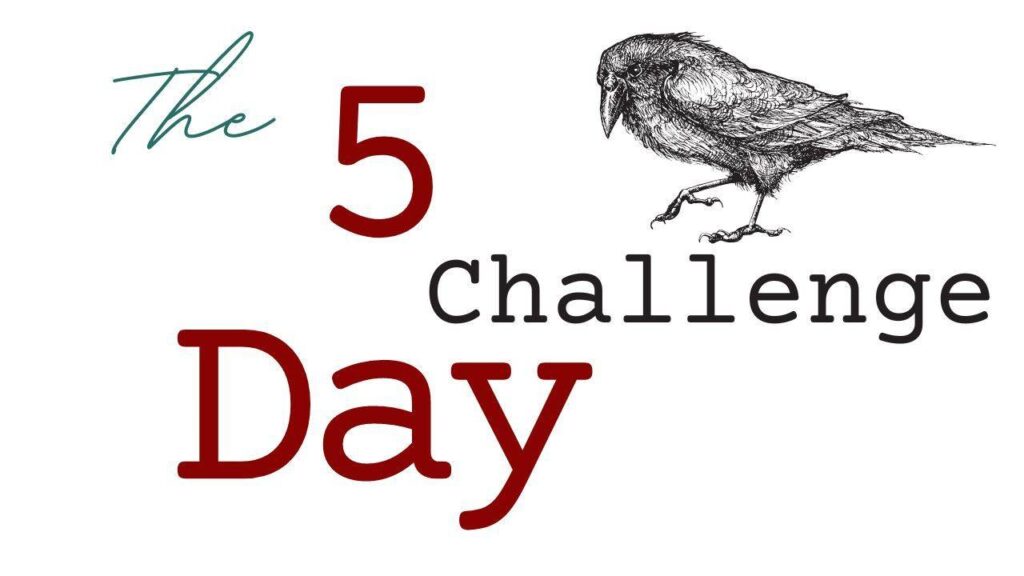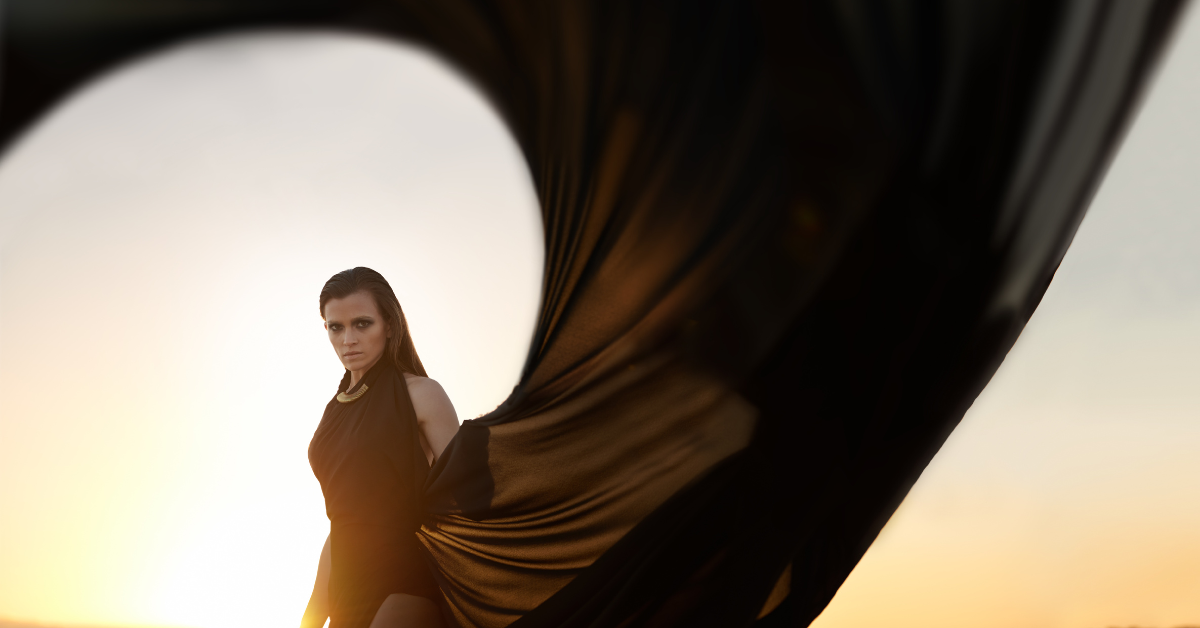Many people are drawn to Irish mythology, often wondering how it can be incorporated into modern spirituality. This blog post will discuss the role of Irish Goddesses, focusing on how they’ve adapted over time, and their contemporary significance whether you identify with Paganism, or not.
Historical Overview
There are so many fascinating figures in Irish history, mythology, and folklore, from Gods to Heroes and Warriors, but the Irish Goddesses can – sometimes – get overlooked. Often relegated to supporting roles, these divine female entities actually offer a wealth of information about the culture, spirituality, and societal norms of ancient Ireland.
Our historical understanding of Irish Goddesses is largely drawn from early Irish literary sources such as Lebor Gabála Érenn, the Cath Maige Tuired, and various regional folk tales.
A good example of Irish Goddess information in a historical context would be the Banshenchas, or ‘Lore of Women. This is a bit like an old-school Irish Who’s Who for women in our legends.
It’s penned by a lad called Gilla Mo-Dutu Ó Caiside, a local from Meath, who wrote (or collected) the information in about 1147. Ó Caiside wanted to list all the famous women in Irish history, kicking off with Adam and Eve and going right up to his own day.
The entries are short and sweet, but they hint at bigger stories. Like, we get a quick mention of Etain, who was married to Eochu Aireman, and her daughter Esa, who wasn’t exactly a saint. Without the fuller story of ‘The Wooing of Etain,’ we’d be scratching our heads over why Esa was dubbed ‘evil’. Margaret E. Dobbs was the first to translate the Banshenchas into English, and published in a journal called Revue Celtique from the early 1930s.
Texts like this can shed light on the roles and significance of Goddesses in ancient Irish society, as can reading and studying the History of the island itself.
Some Irish Goddesses
Important female deities from Irish mythology include (but are not limited to) Goddesses such as Brigid, Áine, and the Mórrígan, the Badb, Bóann, Airmed, the Cailleach, and those who represent the island’s sovereingty such as Eriú, Banba and Fódla, whose names are used even as poetic names for Ireland.
While the Mórrígan may be one of the most recognisable of our Irish goddesses, others like Brigid and Áine have also held significant roles. >>> Learn More about the Mórrígan Here.
🐦⬛IS THE MORRIGAN CALLING YOU – WHAT ARE THE SIGNS? – for access to our FREE Guide over at the Morrigan Academy
– Just Click Here 🔗
Brigid, the goddess of poetry, healing, and smithcraft, has a dual life as a Christian saint, and we recently declared her feast day – which coincides with the older Fire Festival of Imbolc – as a national public holiday. >>> Learn More about Brigid Here.
Áine is an Irish goddess focused on summer, wealth, and governance over the land. She’s particularly connected to County Limerick and has a strong tie to agriculture and fertility. Knockainey Hill in Limerick is named after her, and was a site for rituals in her honour. These ceremonies, which involved fire and land blessings, were conducted even as recently as 1879. >>> Learn More About Áine Here.
Roles and Functions of Irish Goddesses
Irish Goddesses are not monolithic figures assigned to specific roles. They are not simple stereotypes. They are multi-dimensional entities, representing various aspects of life and nature, as complicated and nuanced as you could expect for deities from a culture full of storytellers.
While some of them were seen as nurturing mothers or fertile land goddesses, others played roles as warriors, wise women, or sovereignty figures. There are no Goddesses which could be reduced merely to their womb functionality, as we see in the NeoPagan ‘Maiden, Mother, and Crone’ notions, in the Irish pantheon. Understanding this complexity is vital for a full appreciation of Irish mythology.
For example, Áine, associated with midsummer and sovereignty, offers insights into the societal norms around kingship and land, and some of her stories show what happens when a king unlawfully takes what is not his by right. Each Goddess has distinct domains of influence, affecting various aspects of life from the domestic sphere to the battlefield, but rarely do we see any Goddess in Ireland who is limited to only one role or function.
The Mórrígan and her sisters are the Irish Goddesses of Battle, yes. But they’re also strongly associated – through their stories and relationships with other Gods and Goddesses, with the Tuatha or Tribes of Ireland and even the very land itself – with other roles and functions like sovereignty, magic, prophecy, poetry, and change.
>>> Want to Work with the Mórrígan Yourself? Start Here!
Now, look. It’s important we get this right.
It’s important we learn, experience, and then integrate that knowledge and practice into our real lives.
Why We Need to Get It Right
Authentic and ethical interpretation of Irish Goddess mythology is crucial because it safeguards the integrity and depth of our cultural traditions. When we approach these mythologies in a respectful and informed manner, we’re not just preserving stories; we’re preserving a valid connection to our people’s history, spirituality, and social fabric.
Misinterpretation or appropriation dilutes our rich heritage, fecks up our living traditions, and can perpetuate misunderstandings or stereotypes. Doing it right though, honours the complexity of the deities and the culture they come from, making for a more meaningful engagement for everyone involved.
Understanding Irish Goddesses can greatly enrich your modern spiritual path.
It’s even better for you – and for the culture you would like to appreciate (rather than appropriate!) – if you also understand the history, relevance, and authenticity of Irish Goddesses in our modern world.
Click the links and resources in this blog and start (or continue) your personal journey with these Irish Goddesses today!
To learn more about the Mórrígan, and begin your personal study and practice, take the Free 5 Day Challenge!

>>> Click Here to Take the Challenge...



Good article. Thank you for sharing.
I love this, do you have more information on Áine as well as possible information on Danu, unfortunately there’s not a lot of information. Thank you 😊